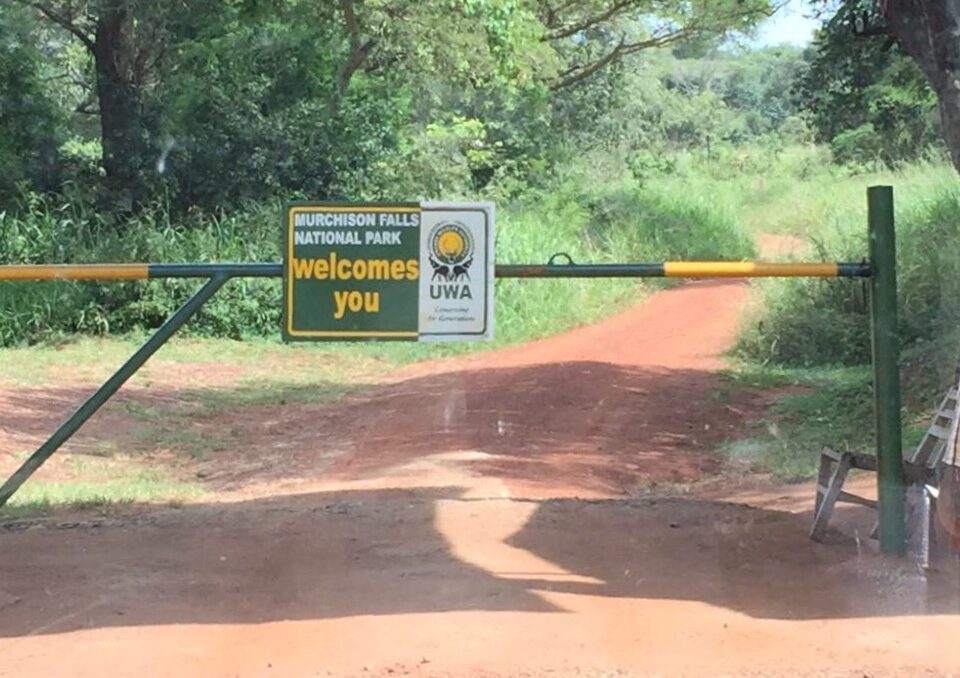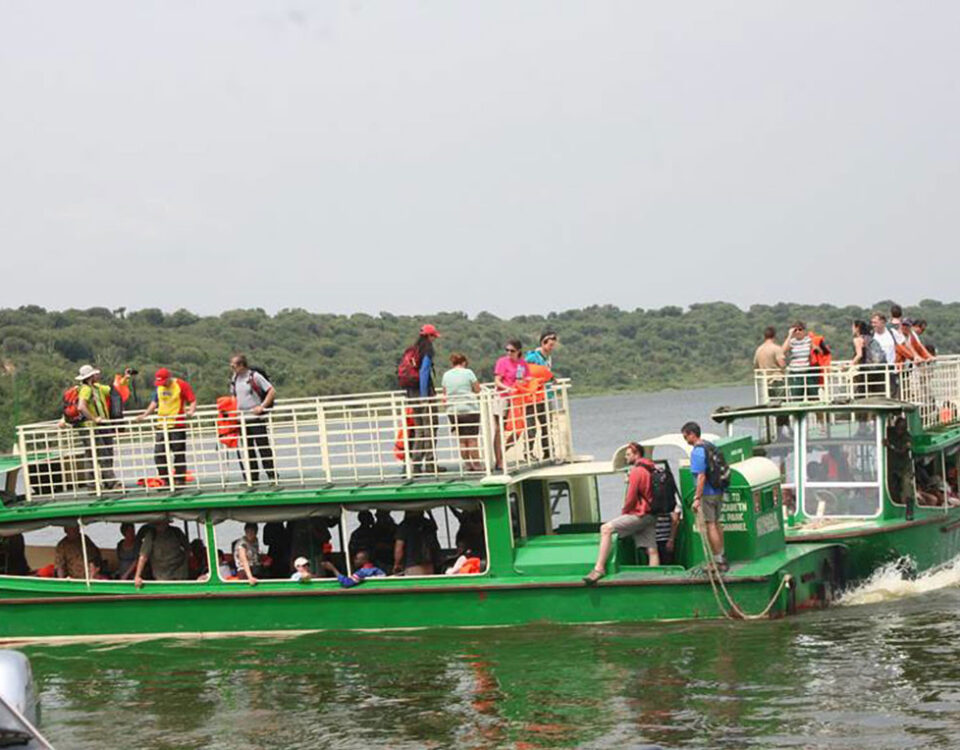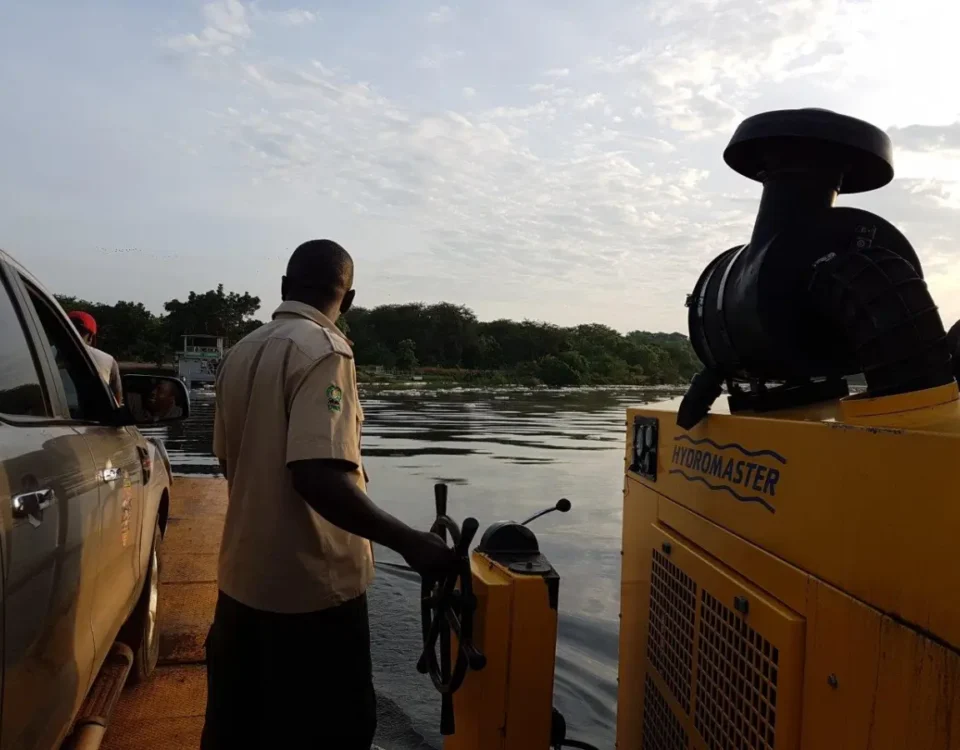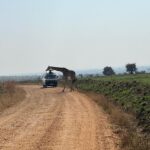
What is the Best Way to Experience Murchison Falls?
April 29, 2025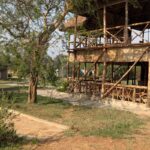
What Makes Murchison Falls Unique Compared to Other Parks?
April 29, 2025What is the History of Murchison Falls National Park?
When exploring the rich natural heritage of Uganda, a common question arises: What is the history of Murchison Falls National Park? This iconic destination, celebrated as Uganda’s largest and oldest national park, has a storied past that intertwines colonial exploration, ecological evolution, and modern conservation efforts. Covering approximately 3,893 square kilometers, the park is home to the thunderous Murchison Falls, a stunning geological marvel where the Nile River ias violently forced through a narrow gorge.
The park was first gazetted as a game reserve in 1926 before being elevated to national park status in 1952. Over the decades, Murchison Falls National Park has become central to Uganda’s identity as a top Uganda safari destination. It preserves not only abundant wildlife but also a cultural and historical legacy shaped by explorers, local communities, and international conservationists.
The Colonial Roots and Naming of Murchison Falls
From European Exploration to Protected Heritage
Speke and Baker’s Discovery
The earliest recorded European encounter with the region dates back to 1862, when British explorers John Hanning Speke and Samuel Baker ventured into the area in search of the source of the Nile. It was Baker who named the waterfall “Murchison Falls” in honor of Roderick Murchison, then president of the Royal Geographical Society.
The Birth of a National Park
Following decades of hunting and poaching, the British colonial administration gazetted the area in the 1920s as a game reserve. By 1952, the area was declared a national park, ushering in an era of wildlife protection and safari tourism. Since then, Murchison Falls National Park has been a cornerstone of the Uganda wildlife safari experience, drawing thousands of visitors annually.
This historical timeline enriches our understanding of what is the history of Murchison Falls National Park, showing how early exploration evolved into one of Africa’s most treasured conservation efforts.
Wildlife Through the Ages: Animals in Murchison Falls
Conservation, Recovery, and a Living Ecosystem
Abundant Wildlife Diversity
A major part of understanding what is the history of Murchison Falls National Park lies in its thriving animal population. Historically, the park boasted some of the highest concentrations of large mammals in East Africa. Today, the park is home to elephants, giraffes, lions, leopards, buffaloes, and a diverse range of bird species.
Challenges and Recovery
During the 1970s and 1980s, political instability in Uganda led to increased poaching, threatening many species within the park. Thanks to efforts by the Uganda Wildlife Authority, including anti-poaching initiatives and eco-tourism development, animal populations have since rebounded.
Whether you’re on game drives in Murchison Falls or spotting primates during chimpanzee tracking in Budongo Forest, the park’s vibrant wildlife scene is living proof of its resilient history.
Hiking, Exploration, and the Top of the Falls
Historical Adventure and Natural Wonder
Hike to the Top of Murchison Falls
For centuries, Murchison Falls has fascinated visitors with its sheer power. The hike to the top of Murchison Falls is now one of the most popular activities in the park. This scenic climb, which follows a steep trail from the riverbank, allows modern explorers to trace the steps of early adventurers like Baker.
The views from the top offer a visceral connection to the park’s dramatic landscape, letting visitors see firsthand why the site has played such a central role in the story of what is the history of Murchison Falls National Park.
Legacy of River Expeditions
Historic river expeditions along the Nile provided early insights into the region’s geology and biodiversity. Today, guided boat cruises to the base of the falls continue that legacy, offering a thrilling, water-level perspective of the falls and surrounding wildlife.
The Role of Budongo Forest in Park History
A Sanctuary of Chimpanzees and Centuries-Old Trees
Budongo Forest: Biodiversity and Research
Adjacent to the southern sector of the park, Budongo Forest has long played a key role in conservation. Known for its dense mahogany trees and rich wildlife, Budongo was once a major logging area during colonial times. Now, it is a hub for chimpanzee tracking, conservation education, and ecological research.
Chimpanzee Tracking Adventures
Modern visitors can partake in chimpanzee tracking in Budongo Forest, where guided walks offer a deep dive into primate behavior and forest ecology. The forest’s transformation from a resource extraction zone to a research sanctuary represents a powerful chapter in the history of Murchison Falls National Park.
Community and Cultural Integration: Mubaku Village
Connecting Park Heritage with Local Identity
Cultural Tourism in Mubaku Village
Understanding what is the history of Murchison Falls National Park isn’t complete without exploring the lives of the people living nearby. Mubaku Village, located near the southern entrance, offers visitors a chance to engage with local culture through traditional dances, storytelling, and handcrafted souvenirs.
Supporting Local Livelihoods
Many travelers opt to stay at the Savannah Murchison Lodge in Mubaku Village, combining wildlife adventure with cultural enrichment. Proceeds from village tours support community development, ensuring that tourism contributes positively to the area’s future.
This blend of conservation and cultural tourism forms a newer, inclusive chapter in the story of Murchison Falls, showing how human history and nature can coexist sustainably.
Where to Stay: Savannah Murchison Lodge
Comfort and Affordability with a Historical View
Accommodation at Savannah Murchison Lodge
Those seeking to explore the full historical and ecological breadth of the park often choose Savannah Murchison Lodge. Set amidst nature and offering panoramic views, the lodge provides both comfort and proximity to the park’s major attractions.
Savannah Murchison Lodge Rates and Access
Recognized as one of the cheapest accommodations in Murchison Falls, the lodge offers various lodging types, from tented camps to en-suite cottages. For travelers wondering how to get to Savannah Murchison Lodge, the lodge is easily accessible from Kampala via a 5-6 hour drive through scenic rural Uganda.
Incorporating the lodge into your visit adds both convenience and a touch of history, as the lodge itself supports eco-tourism and local cultural programs.
Conservation in the Modern Era
Preserving the Park for Future Generations
Sustained Wildlife Protection
Efforts by local authorities and global NGOs have ensured that Murchison Falls National Park continues to thrive. Anti-poaching patrols, community education programs, and sustainable tourism have all played roles in the park’s modern narrative.
Eco-friendly Lodging and Tourism
Institutions like Savannah Murchison Lodge lead by example, incorporating solar energy, waste reduction, and community employment. These sustainable models ensure that the answer to what is the history of Murchison Falls National Park continues to evolve positively.
Final Thoughts: What is the History of Murchison Falls National Park?
A Living Legacy of Exploration, Wildlife, and Culture
So, what is the history of Murchison Falls National Park? It is a rich, ongoing story that stretches from colonial exploration and ecological upheaval to recovery and global conservation recognition. As Uganda’s oldest and largest national park, it has become a symbol of resilience, cultural heritage, and natural beauty.
Whether you’re hiking to the top of the falls, spotting lions during game drives in Murchison Falls, or staying at the serene Savannah Murchison Lodge, you’re stepping into a story that continues to inspire and evolve.
With every visit, we add a new chapter to the tale—one where the wilderness is preserved, cultures are celebrated, and Uganda’s natural crown jewel remains protected for generations to come.


